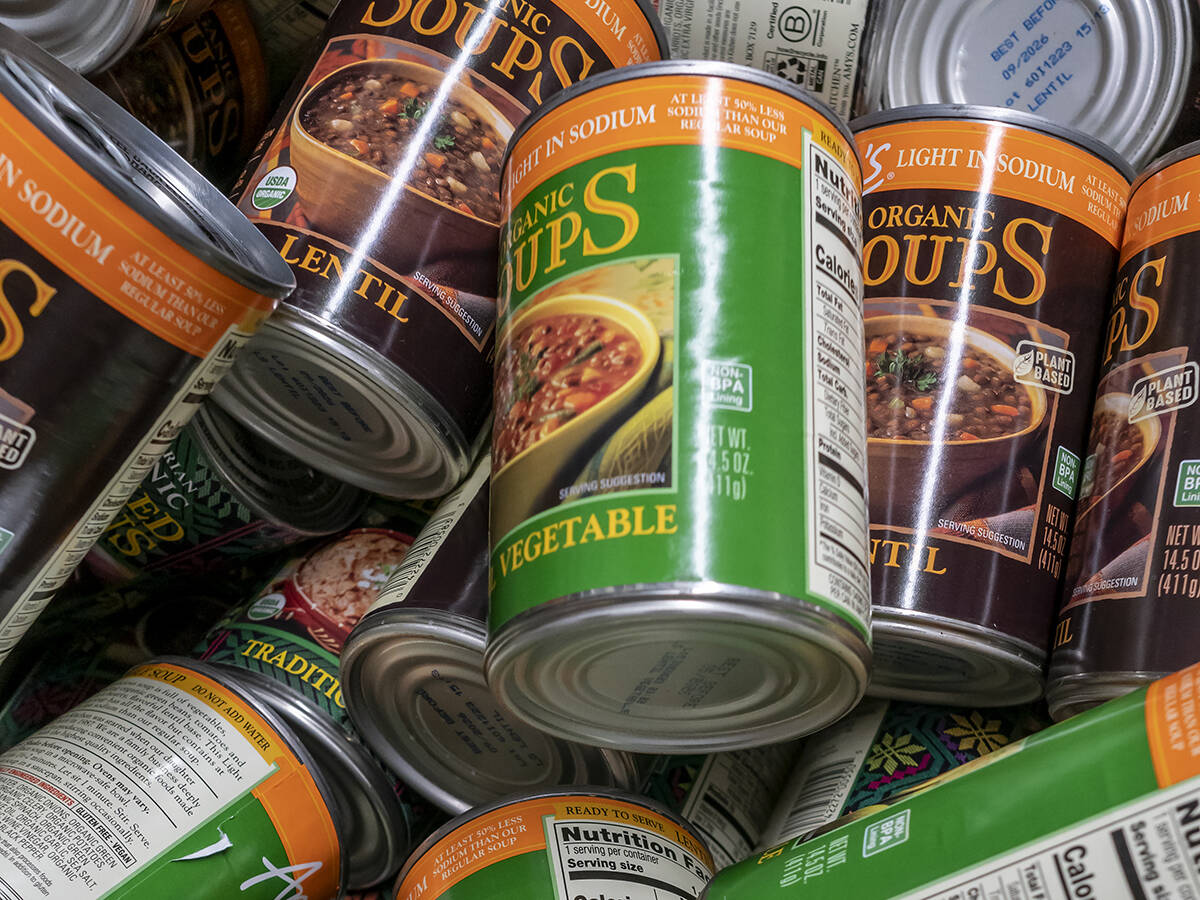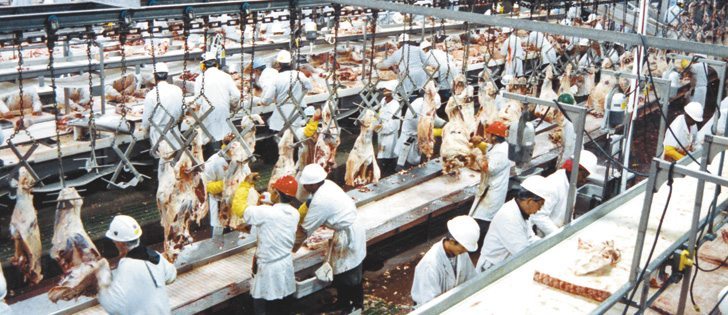RIYADH, Saudi Arabia (Reuters) – The American wheat industry has accused the Canadian Wheat Board of using aggressive and unsustainable pricing tactics to muscle into the Saudi market.
Saudi Arabia became a major wheat market after it decided to gradually phase out wheat cultivation to save water resources.
In its first import campaign, the Arab world’s biggest economy imported 2.2 million tonnes of wheat, the biggest chunk of which was Canadian hard wheat.
“Our immediate competitor is Canada,” said Richard Prior, head of U.S. Wheat Associates’ operations in the Middle East and North Africa.
Read Also

Sustainable food has ‘lost all meaning’: prof
That marketing strategy is deader than a doornail, says a University of Guelph professor who specializes in consumer preferences and perceptions of agriculture and food.
“They just look at U.S. prices and offer a discount regardless of how this affects the margin for Canadian farmers. The transparency of the U.S. market is working against us…. They (Canada) have decided that they want this market… They cannot sustain this policy for long.”
He said the Saudi grain authority Grain Silos and Flour Mills Organization (GSFMO) uses price and 14 percent protein content as its buying criteria, which leaves little support for U.S. wheat against rivals despite a softening in the U.S. dollar to which the Saudi riyal currency is pegged.
“U.S. wheat prices are higher than competitors,” Prior said.
“Shipping costs are high…. We are putting focus on value…. We look for benefits like delivery time and quality.”
U.S. wheat exporters have sold only 52,500 tonnes to GSFMO.
Waleed al-Khariji, GSFMO’s managing director, said Saudi Arabia expects to import three million tonnes of wheat a year.
Saudi Arabia announced in January 2008 that it plans to cut domestic wheat production by 12.5 percent a year to conserve the desert kingdom’s scarce water supplies and rely entirely on imports by 2016.
Before this measure was taken, the kingdom had ensured self-sufficiency for three decades.
















